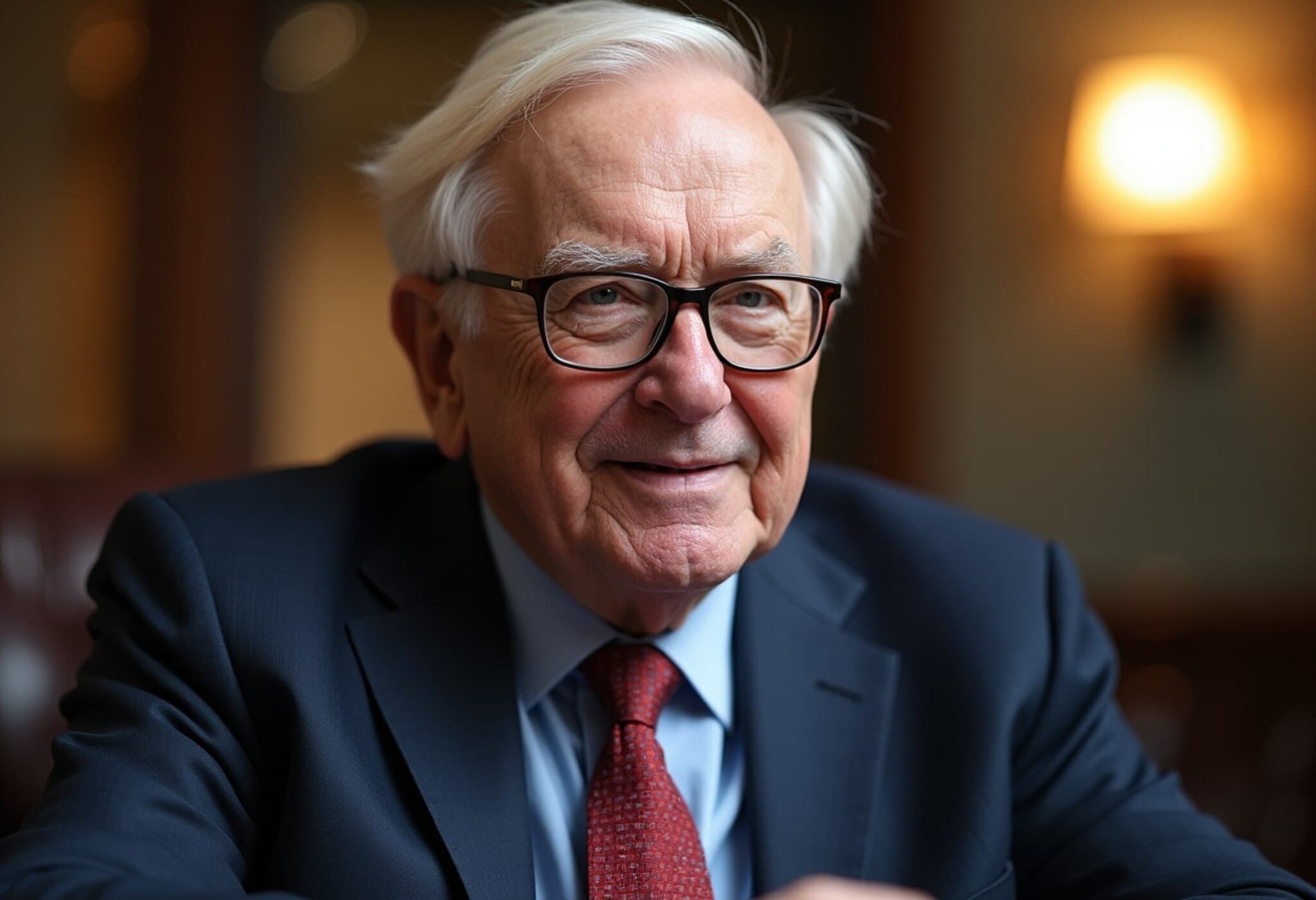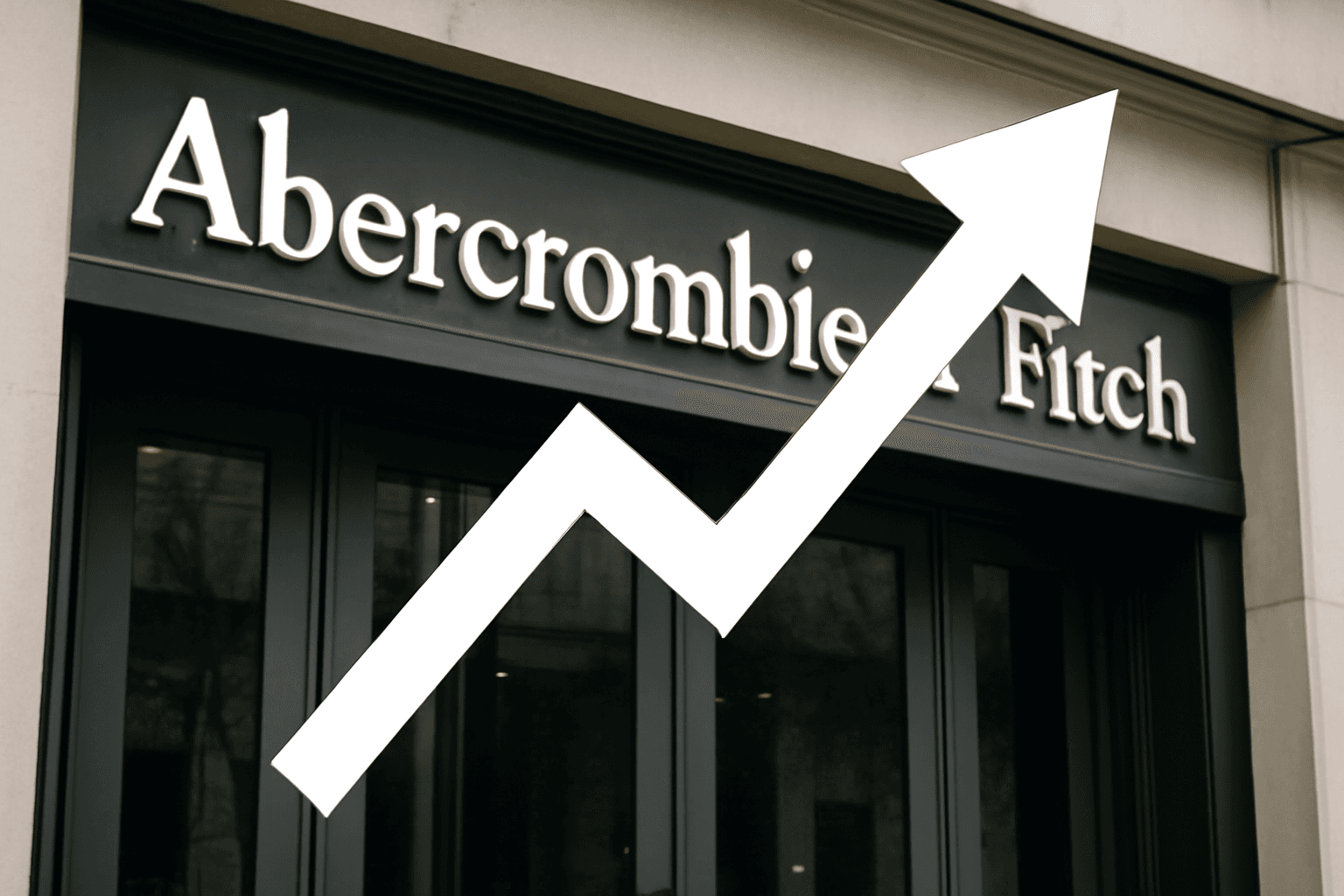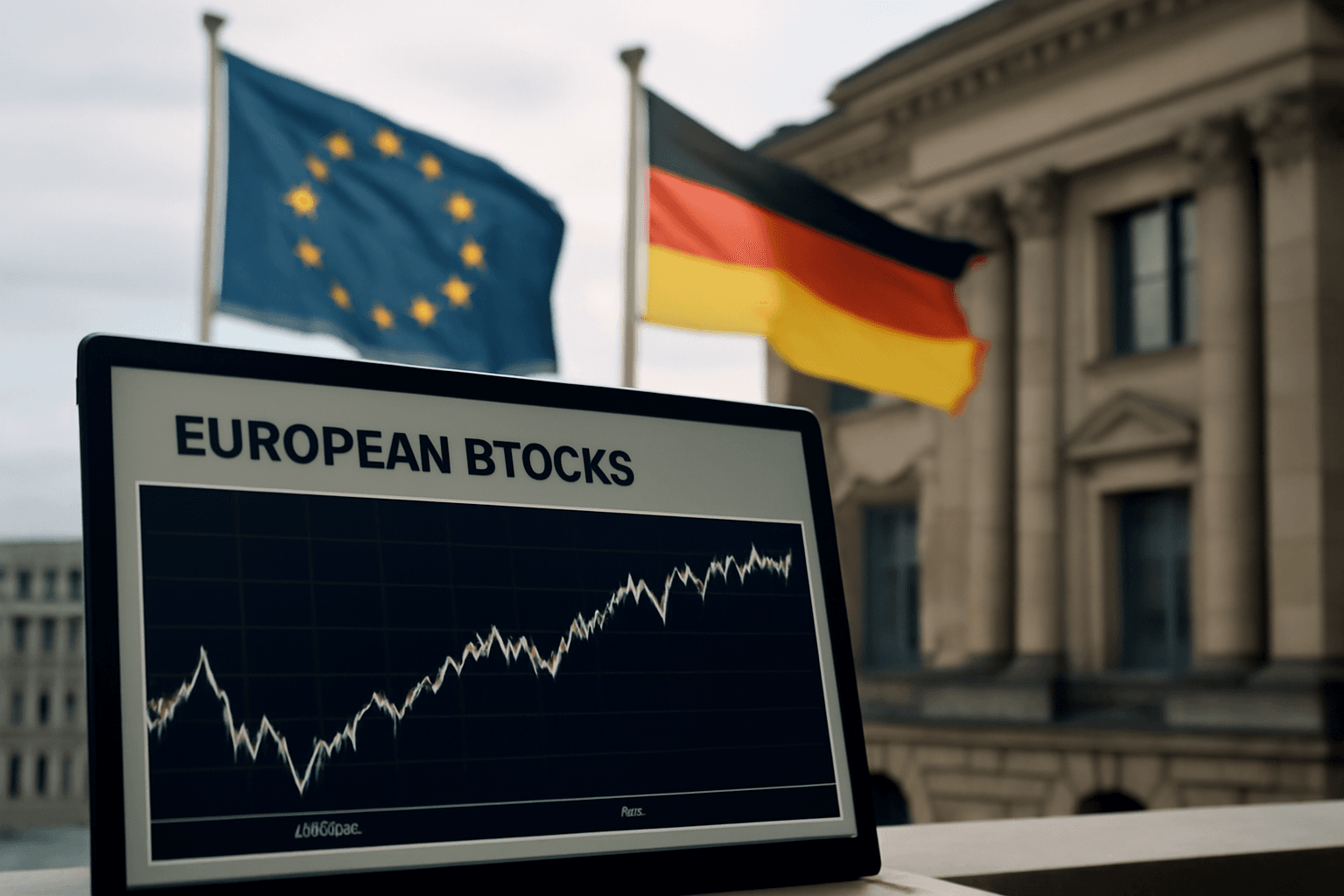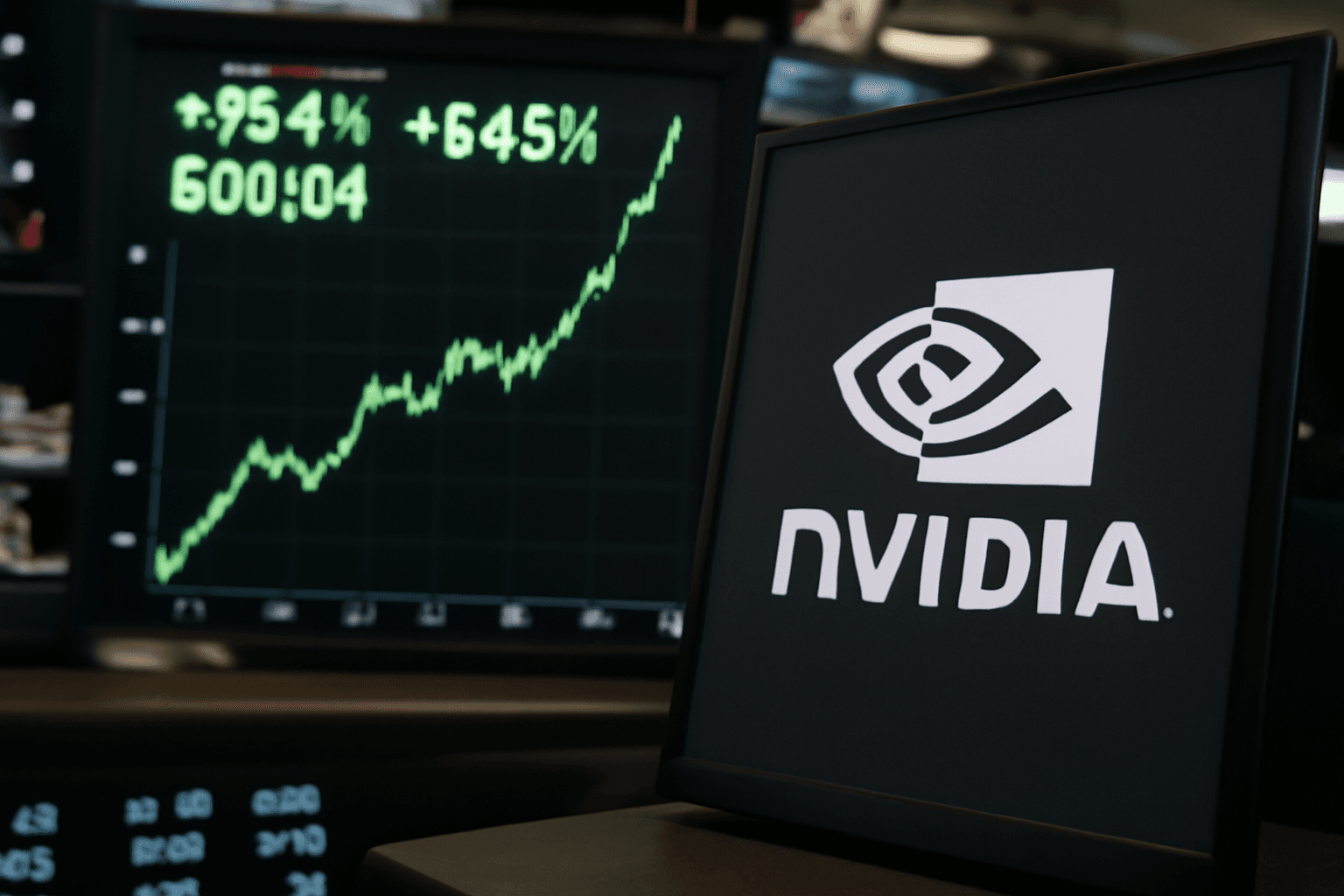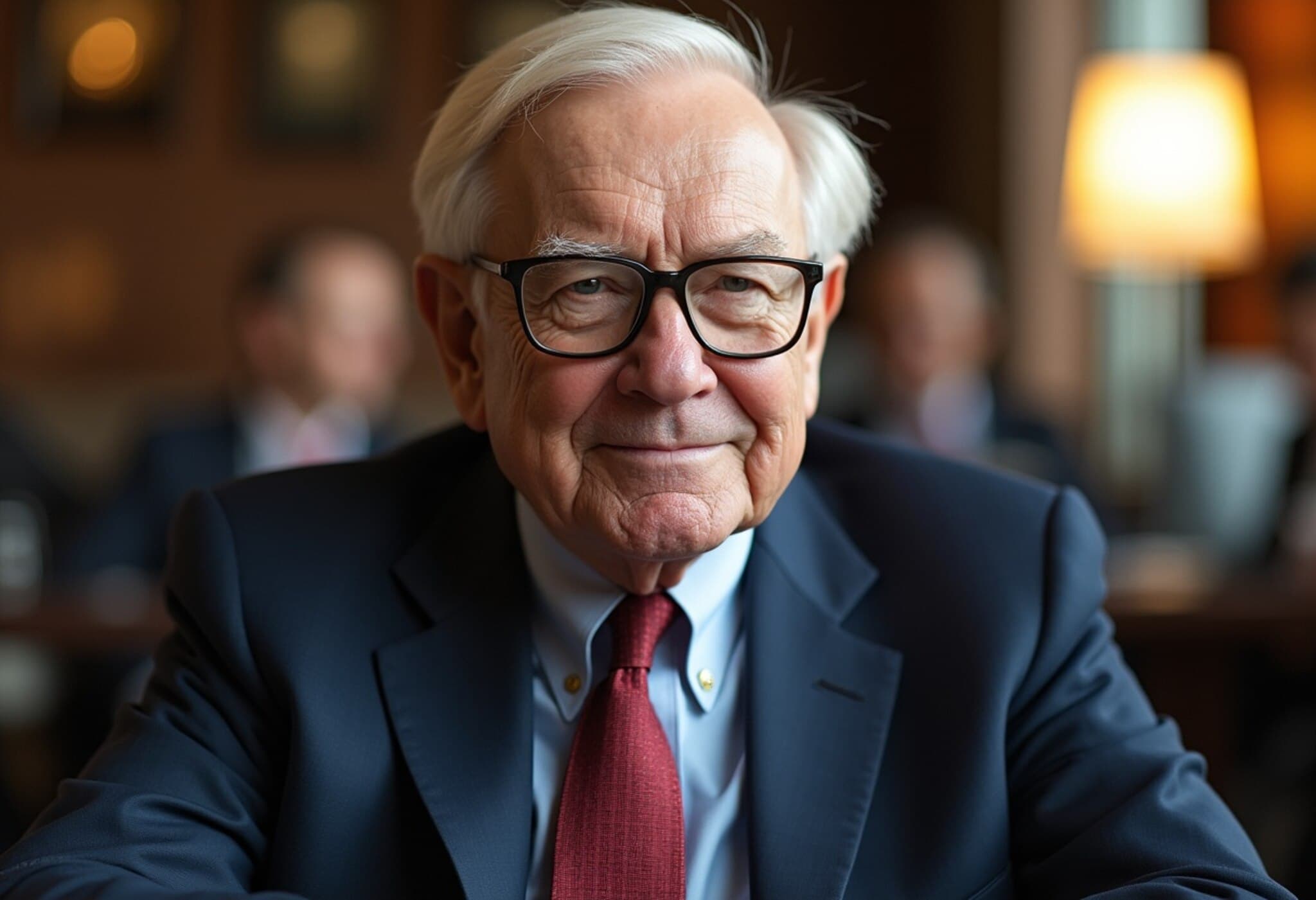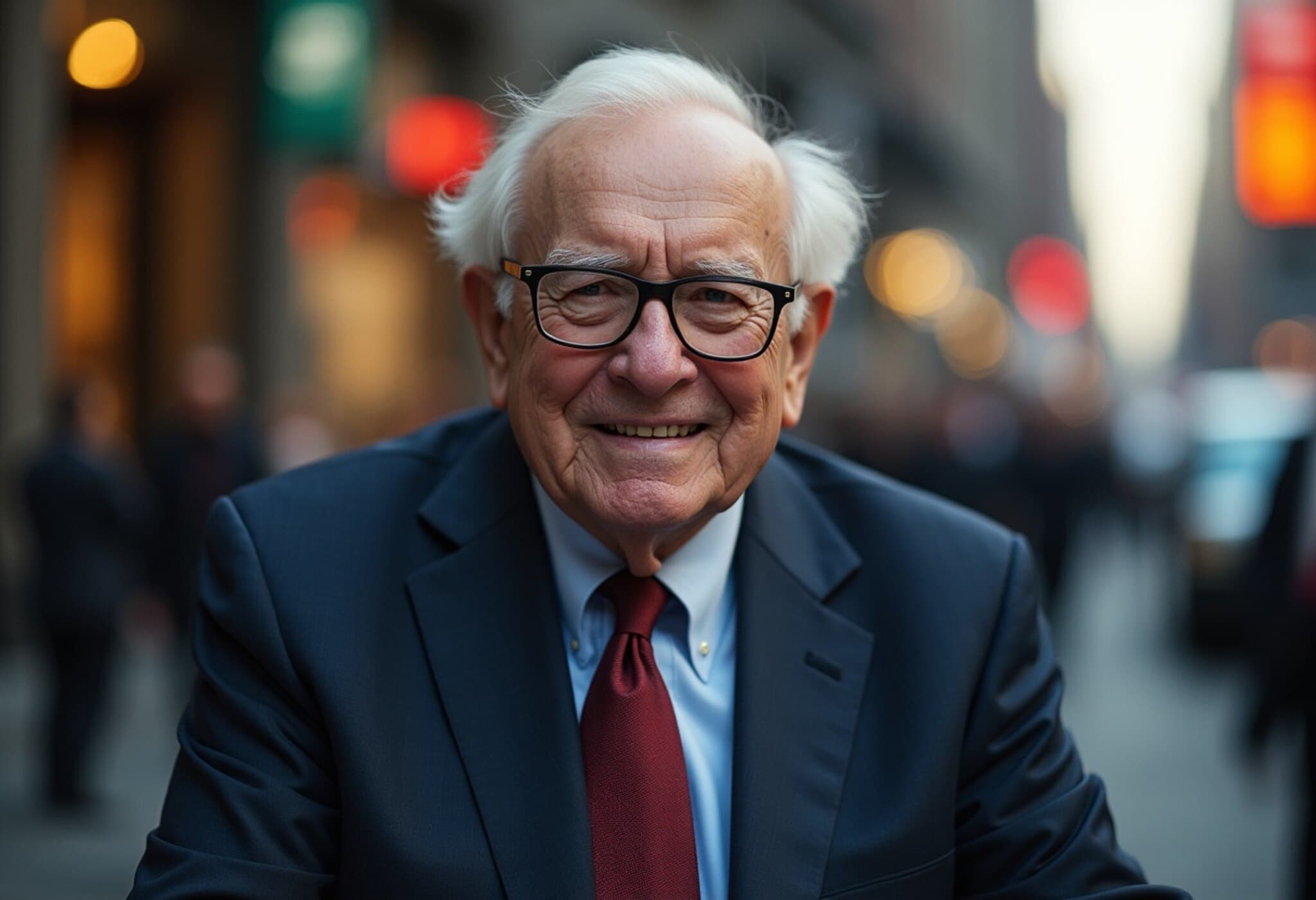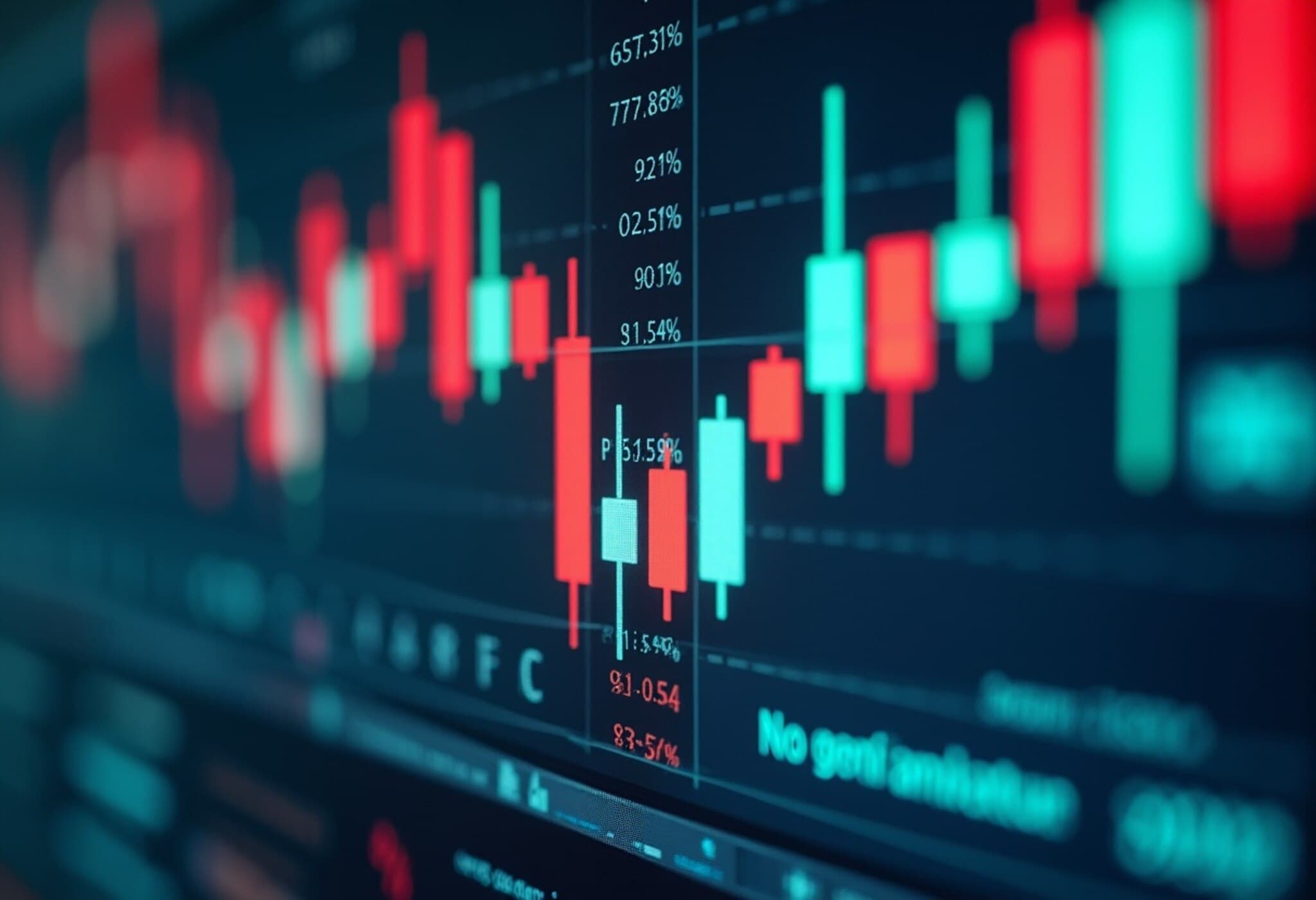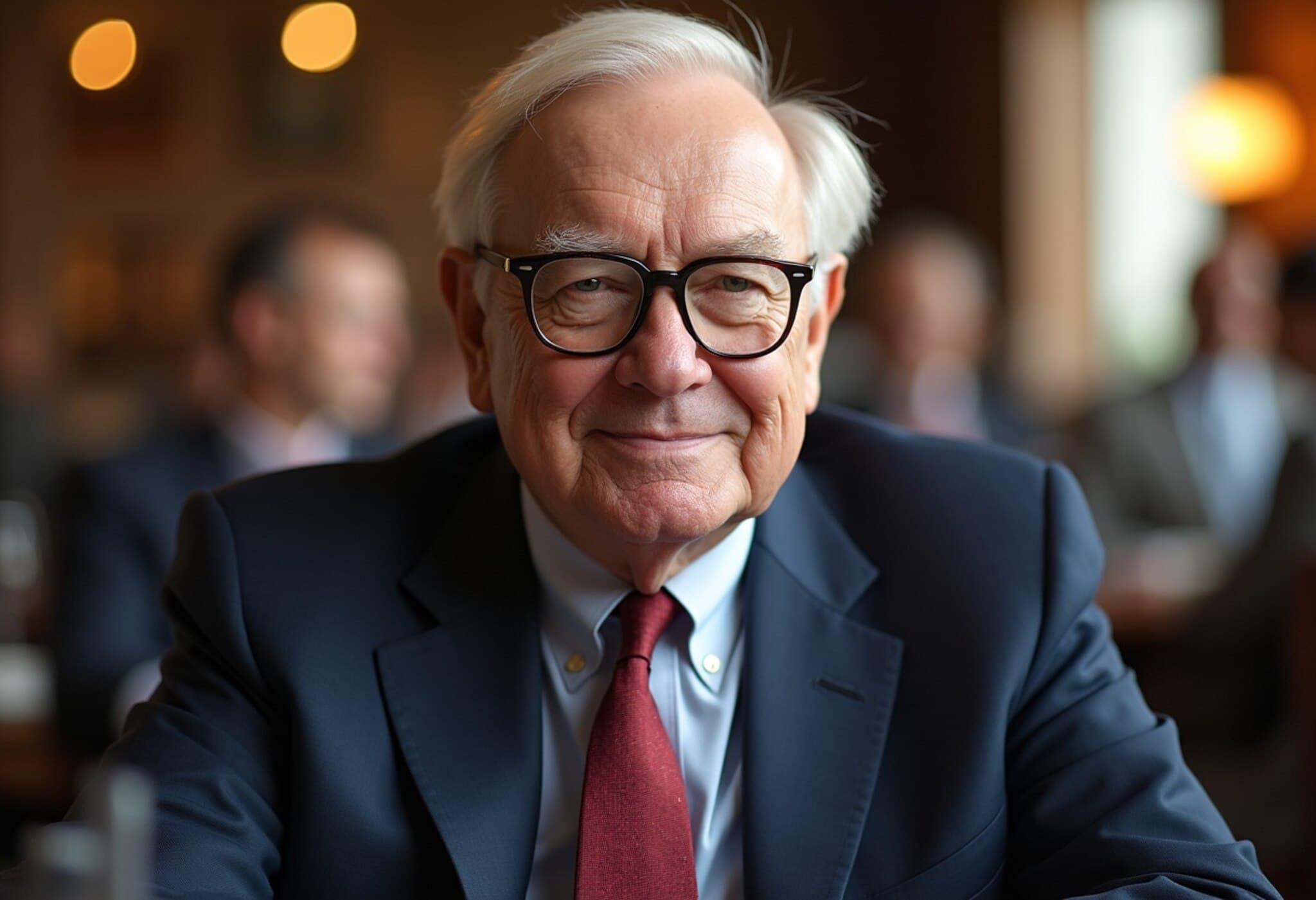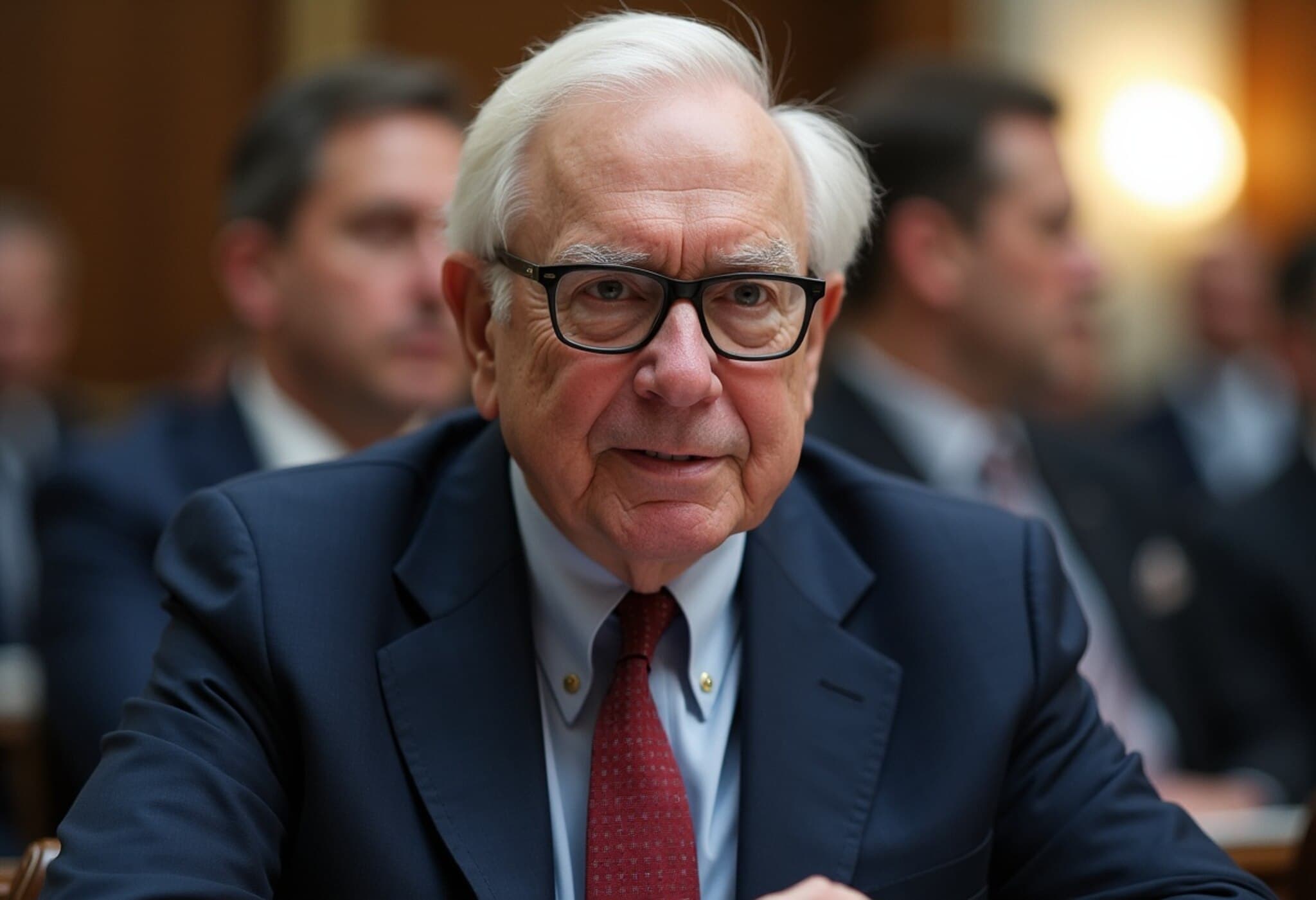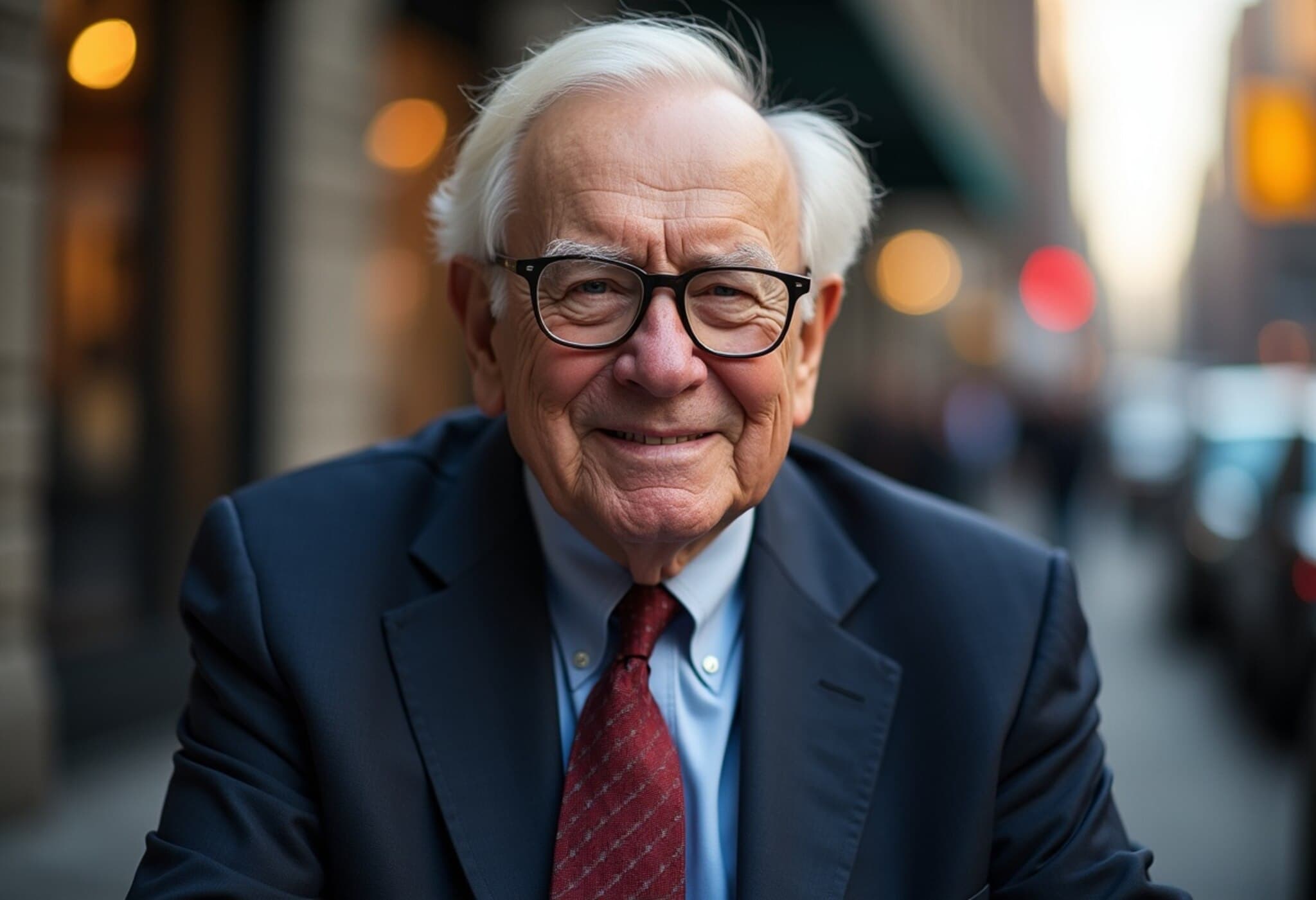Berkshire Hathaway’s Shares Continue to Lag Following Warren Buffett’s Departure News
Since Warren Buffett, often revered as the “Oracle of Omaha,” disclosed his plans to step back from steering Berkshire Hathaway, the conglomerate’s stock performance has taken a notable hit. The B shares, in particular, have seen a marked downturn, slipping more than 12% since May 3, 2025. This decline places Berkshire Hathaway behind the broader market benchmark—the S&P 500—which has posted a 7% gain so far this year.
Current Performance Trends and Historical Context
Over the past seven weeks, Berkshire Hathaway’s B shares have recorded six negative weeks, inching toward their third consecutive month in the red. If the July closing remains negative, it would represent the longest streak of monthly losses for the stock since mid-2022. A particularly telling indicator is the recent drop below the 200-day moving average—a technical threshold the shares had consistently held above for an unprecedented 573 days. This streak was the longest since the B shares were first introduced in 1996, underscoring how significant the recent slide is.
Buffett’s Realistic Outlook on Berkshire’s Future Performance
Warren Buffett himself has offered a grounded perspective on the company’s growth expectations, especially considering its massive asset base. As the conglomerate operates with a vast cash reserve and a diversified portfolio spanning 40 industries and 60 companies—including household names like BNSF Railway and See's Candy—Buffett acknowledges the inherent challenges in maintaining exceptionally high returns.
In his 2023 annual letter, he candidly stated, "With our present mix of businesses, Berkshire should do a bit better than the average American corporation and, more important, should also operate with materially less risk of permanent loss of capital. Anything beyond 'slightly better,' though, is wishful thinking." This pragmatic stance reflects the realities of managing a multibillion-dollar enterprise and the inherent limits of outperforming the market indefinitely.
What Buffett’s Legacy Means for Investors
Buffett's impressive track record over six decades remains unmatched. Since taking control in the 1960s, Berkshire Hathaway's compounded growth has been phenomenal—reporting a staggering overall increase of 5,502,284% from 1964 to 2024. This level of sustained outperformance has made Buffett a legend in investing circles.
Yet, as the company transitions toward a post-Buffett era, investors are left pondering the next chapter. Will Berkshire’s diversified holdings and conservative capital management style continue to shield shareholders from volatility and permanent losses? Or might new leadership need to reimagine the conglomerate’s strategy to keep pace with a rapidly evolving market landscape?
Broader Market Implications and Underreported Angles
- Market Sentiment: Buffett’s announcement triggered a wave of investor recalibration, highlighting how deeply tied Berkshire’s identity is to its founder’s reputation.
- Risk Management Focus: Buffett’s emphasis on "less risk of permanent loss of capital" stresses capital preservation over flashy returns—an often overlooked but critical investment philosophy, especially in turbulent economic times.
- Succession Planning: An area warranting closer scrutiny is Berkshire’s leadership transition plan. How seamless—and effective—this handover will be could shape market confidence.
- Economic Context: Berkshire’s broad exposure across diverse sectors means the company’s fortune is intricately linked with shifts in industries from railroads to retail, making its journey a barometer for the U.S. economy’s underlying health.
Editor’s Note
Berkshire Hathaway's recent underperformance offers a sober reminder of the complexities involved in managing one of the world’s largest investment vehicles. Warren Buffett’s prudent caution against chasing outsized returns encourages a reevaluation of success metrics—not just beating benchmarks but sustaining capital and managing risk over the long haul. As investors watch the company’s stock trajectory with growing interest, the unfolding leadership transition poses fundamental questions about the future of value investing in America’s corporate landscape. Will Berkshire continue to serve as a bulwark against market volatility, or is it entering a period of redefinition? These are the challenges and opportunities on the horizon.

